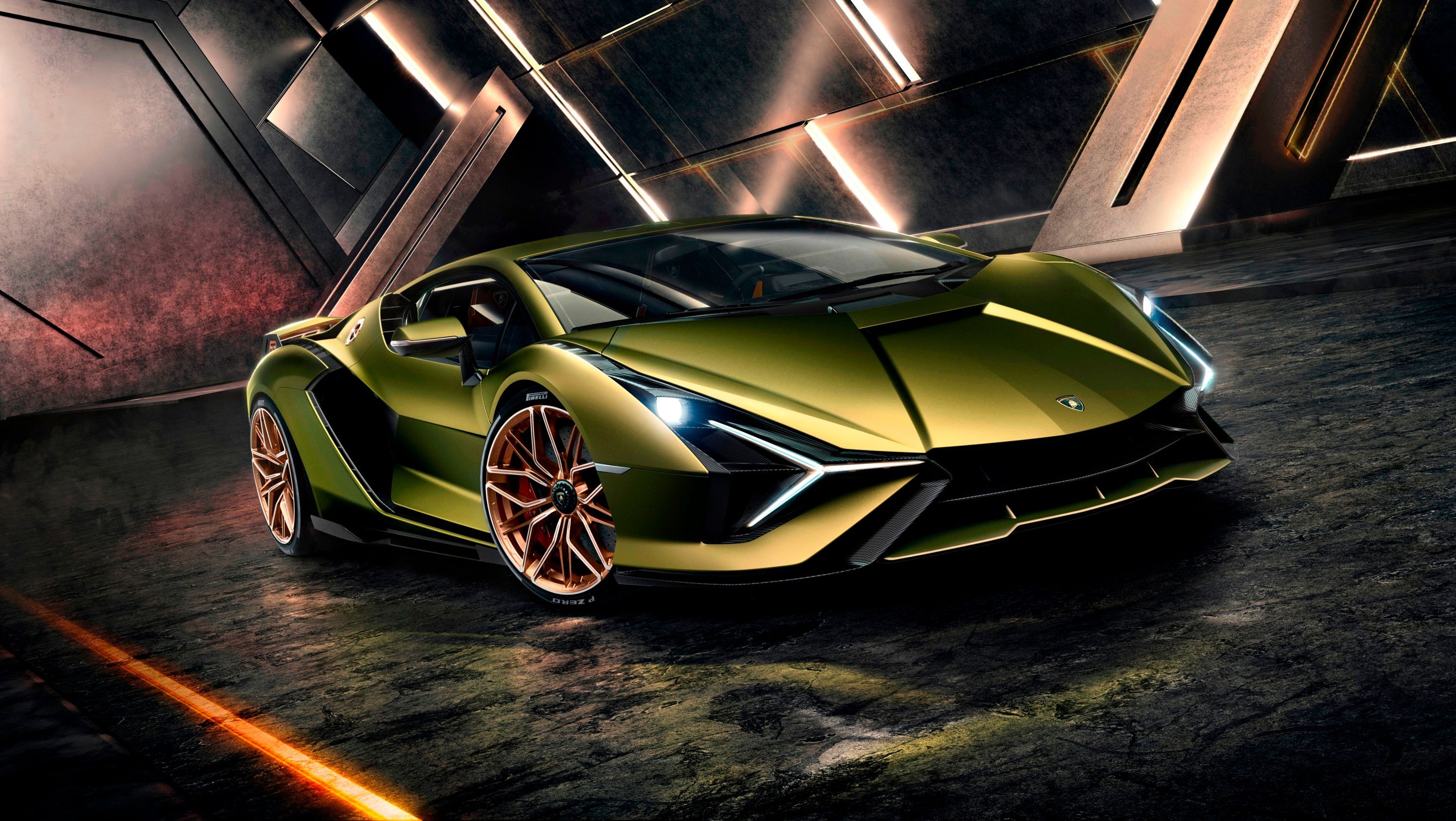
Last year, the Lamborghini Sian debuted as the Italian firm's first-ever hybrid supercar. Limited to just 63 units each with a price tag of $3.6 million, the Lamborghini Sian is powered by the same 6.5-liter V12 as the Aventador SVJ boosted to produce 774 hp. In addition, a hybrid system adds an extra 34 hp, resulting in a total output of 819 hp. But what sets the Sian's hybrid system apart, however, is its lithium-ion supercapacitor, which is three times more powerful than a conventional battery.
When braking, this system uses inertia to recharge the capacitor and engine torque is sent directly to the rear wheels. Energy generated can then be used as a power boost of up to 81 mph. Other benefits include increased torque during acceleration and instant acceleration in low gears.
Lamborghini's supercapacitor technology was first previewed on the Terzo Millennio concept car back in 2017. In the next few years, series-production hybrid supercars will also utilize this technology. According to Autocar, Lamborghini has teamed up with the Massachusetts Institute of Technology to research supercapacitor energy stores and ways of storing energy in new materials.
Riccardo Bettini, Lamborghini's head of R&D project management, told the publication that while electrification is the future in the auto industry, the weight of lithium-ion batteries means that "it's not the best solution" for the automaker right now. "Lamborghini has always been about lightness, performance, enjoyment and engagement. We need to keep that in our super-sports cars in the future," he said. While the Sian's supercapacitor is relatively small, the technology has a lot of potential. Lamborghini and MIT recently secured a patent for a new synthetic material that can be used as the "technological base" for a more powerful next-generation supercapacitor.
Bettini believes the technology is still "at least two to three years" away from being production-ready but supercapacitors are "the first step in the roadmap" to electrified Lamborghinis. A separate MIT research project is also studying how carbon fiber surfaces can be infused with synthetic materials for energy storage. "If we can capture and use energy much faster, the car can be lighter. We could also store energy in the bodywork, using the car as a battery, which means we can save weight," Bettini said.
Bettini added that Lamborghini is still aiming to roll out its first fully electric car in 2030 that will "keep Lamborghini's DNA and emotion". However, the automaker is considering making its upcoming four-seat grand tourer a fully electric model when it launches in around 2025. In the meantime, a plug-in hybrid version of the Lamborghini Urus is also expected to arrive, which is expected the same powertrain as the Porsche Cayenne.
